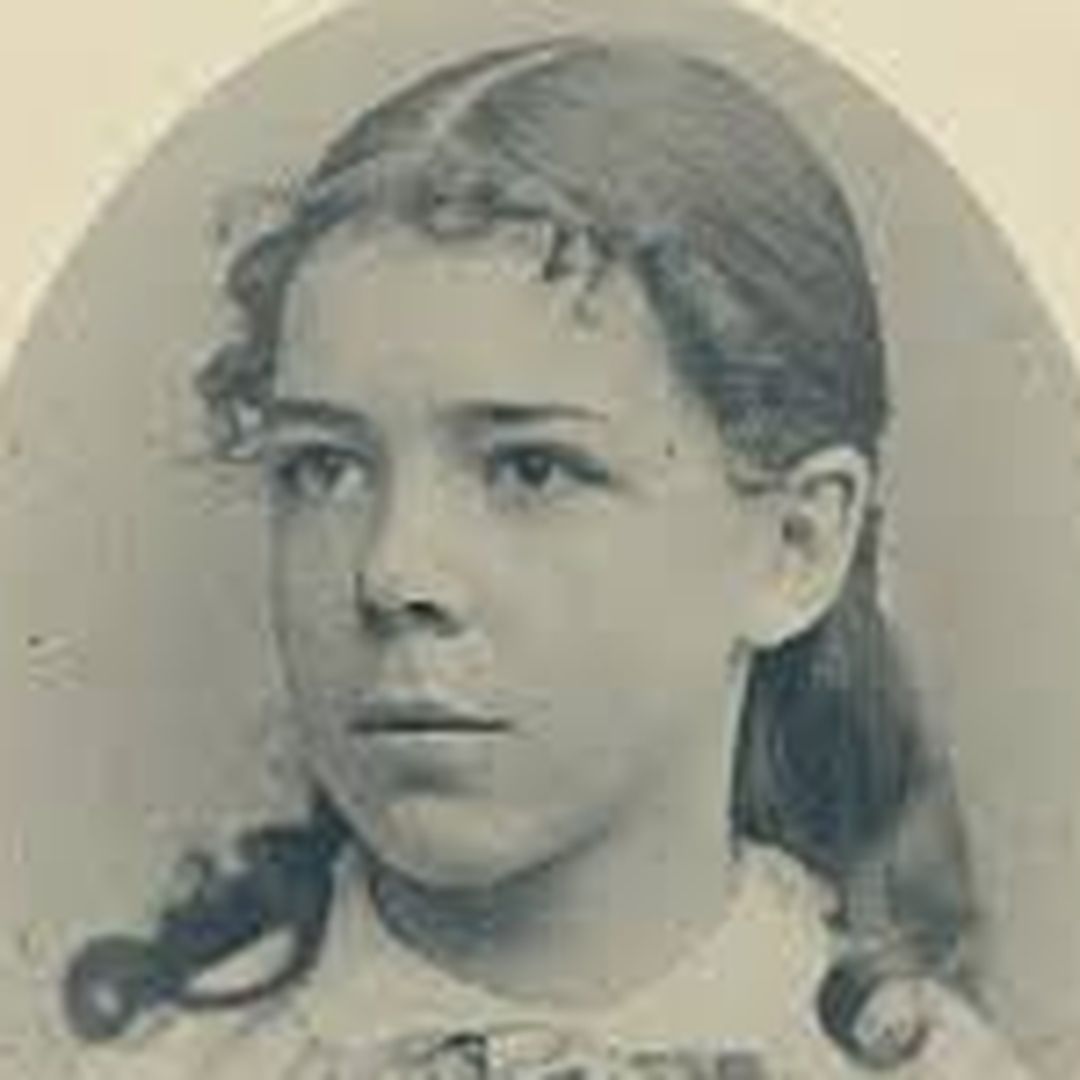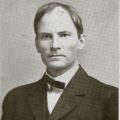Elizabeth Coleman White
The Blueberry Dreamer
November 11, 1954
Today is the anniversary of the death of the Queen of Blueberries, Elizabeth Coleman White.
Elizabeth grew up on her dad's Cranberry Farm in the Pine Barrens of Burlington County, New Jersey. When she was a little girl, Elizabeth would take walks to wild blueberries - you couldn’t buy blueberries in stores.
Over time, Elizabeth began to wonder about cultivating blueberries as a crop. Keeping her family’s cranberry farm in mind, she figured blueberries would make the perfect offseason crop. Also, cranberries and blueberries both grow in highly acidic soil.
To get started, Elizabeth asked local blueberry pickers to bring her the plants with the biggest berries, and then Elizabeth would transplant them into her father's field.
She wrote:
"I used to call them swamp huckleberries and thought [a blueberry] half-inch diameter - huge. They grew luxuriantly on the margins of our cranberry bogs, and as a girl, I used to… dream of a field full of [blueberry] bushes... I knew it was a wild dream."
In 1910, the chief botanist at the USDA, Frederick Colville, was also working on blueberries at his summer home in New Hampshire. When Elizabeth read about his efforts, she reached out, and the two worked out a deal: Elizabeth would grow the berries, and Frederick would perfect the science. Elizabeth and Frederick successfully crossbred the largest New Jersey blueberries with the largest New Hampshire blueberries, and the rest, as they say, is history. Elizabeth said,
"My old dream was but a faint shadowing of the possibilities. Now I dream of cultivated blueberries shipped by the trainload, - blueberry specials - to every part of the country.“
It took Elizabeth five years to develop the first blueberry crop. Elizabeth’s success increased the value of the New Jersey pine districts around her farm from 50 cents an acre to $500 an acre. Elizabeth’s first harvest yielded 21 bushels of berries and netted $114. Today the US grows nearly 700 million pounds of cultivated wild blueberries, and the annual revenue is around $80 million.
Elizabeth was very creative. After noticing how the Whitman chocolate packaged their chocolates, Elizabeth came up with the idea to use cellophane to protect and market her blueberries. The cellophane made it possible for people to see her blueberries - right through the packaging. And Whitman's partnered with Elizabeth helping her source cellophane from France.
Finally, Elizabeth Coleman White was a champion of native plants. After she successfully fought to save the American holly, she helped found the Holly Society of America in 1947.
This post was featured onThe Daily Gardener podcast:
helping gardeners find their roots,
one story at a time






